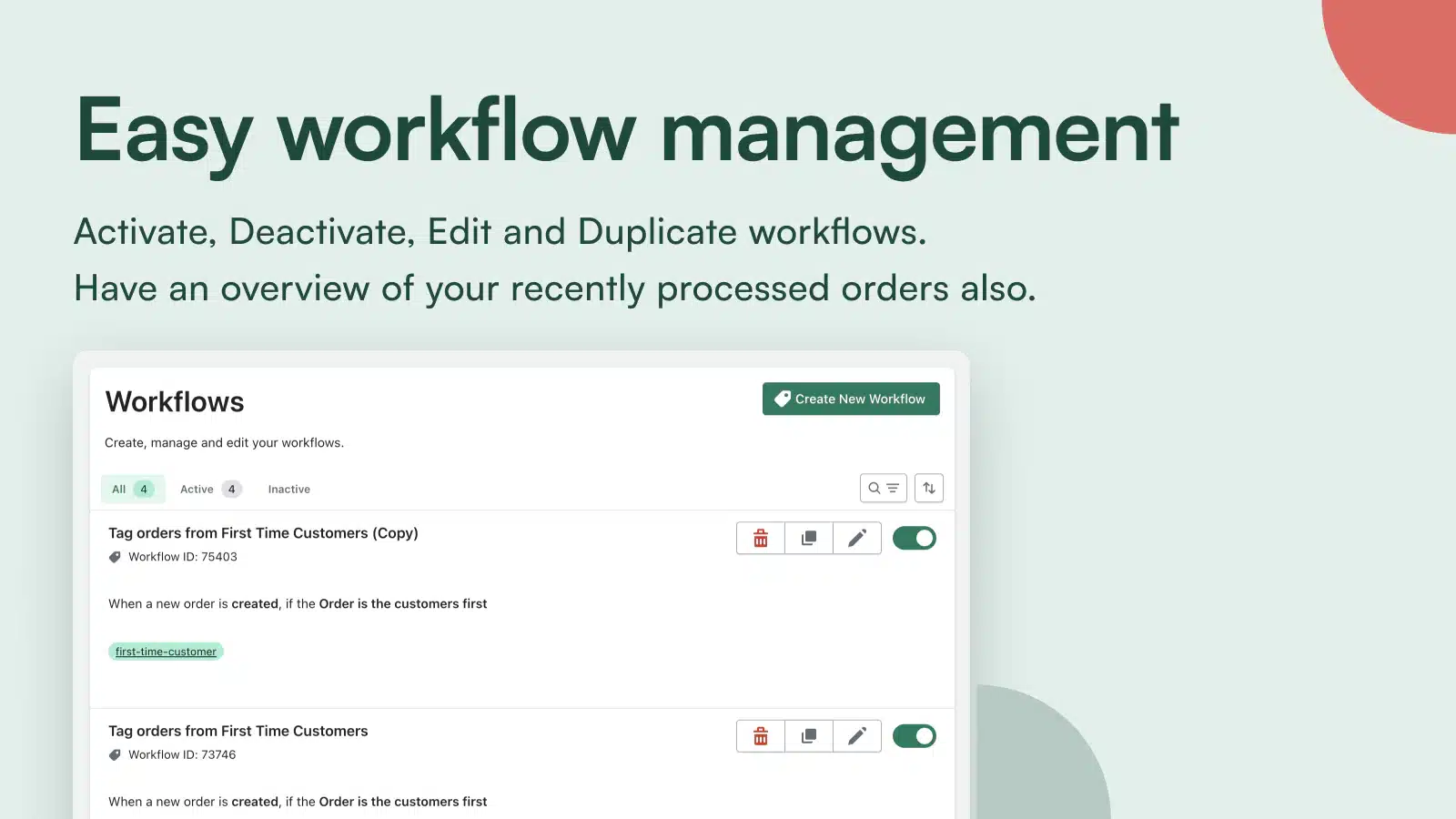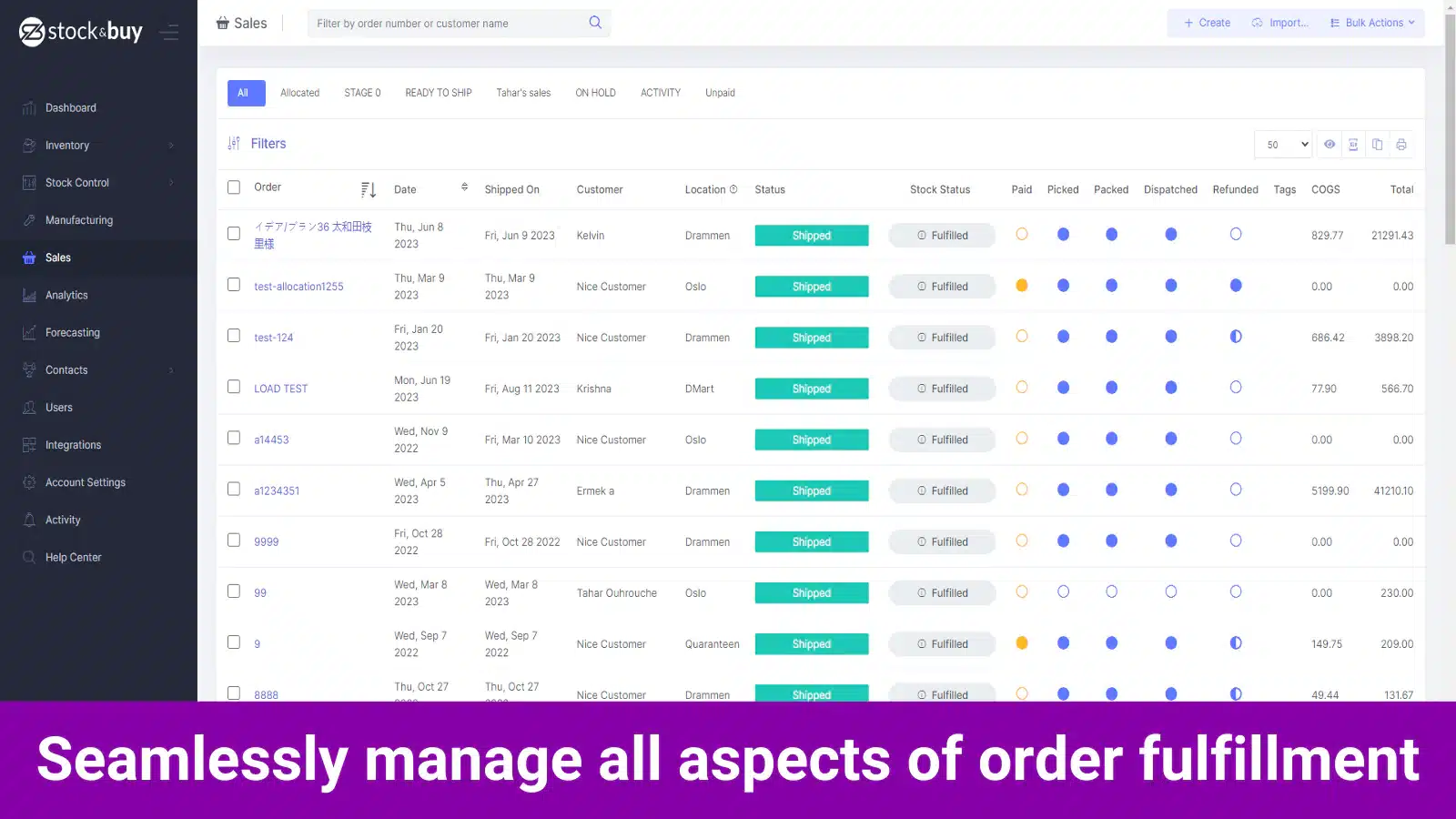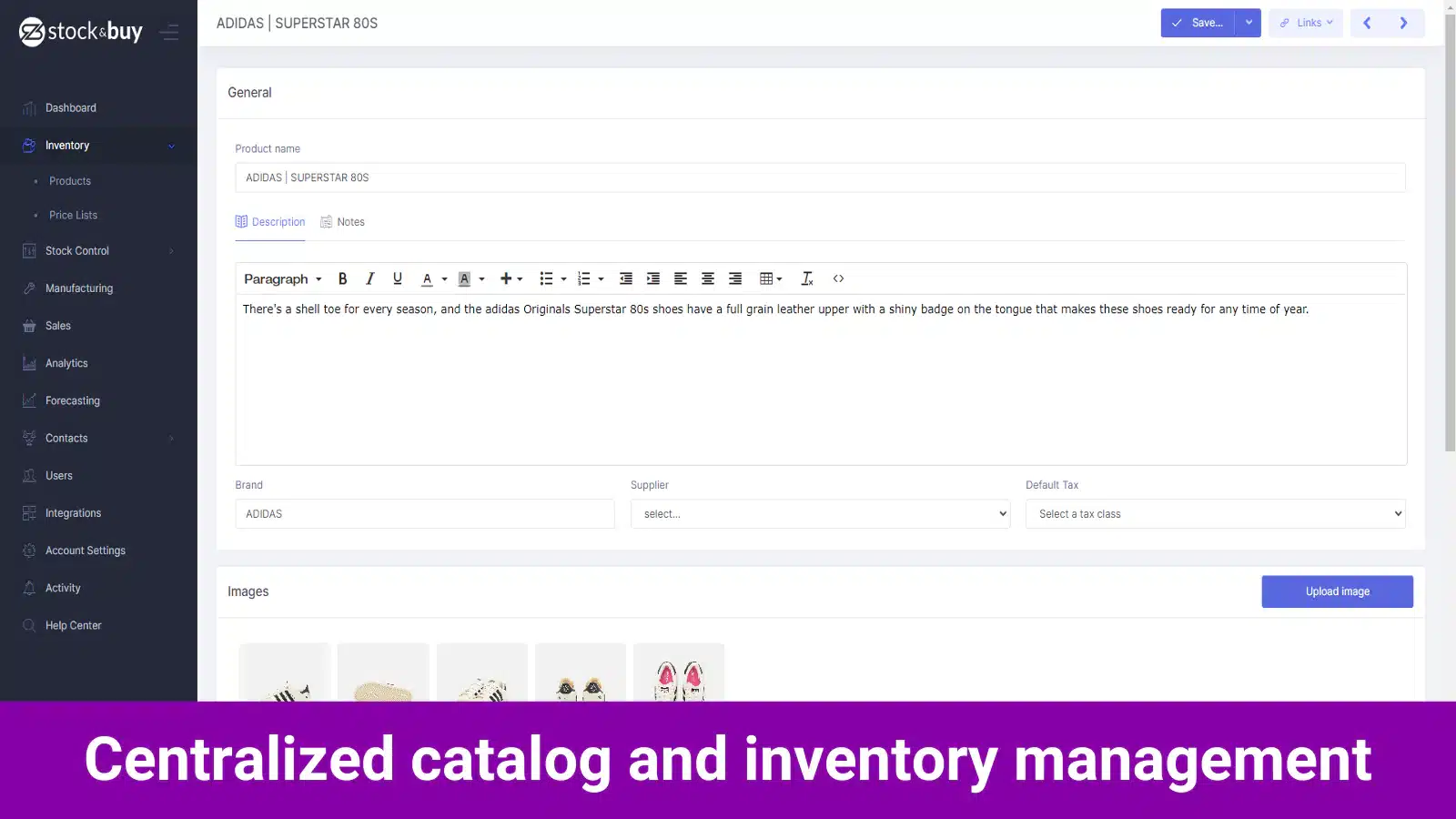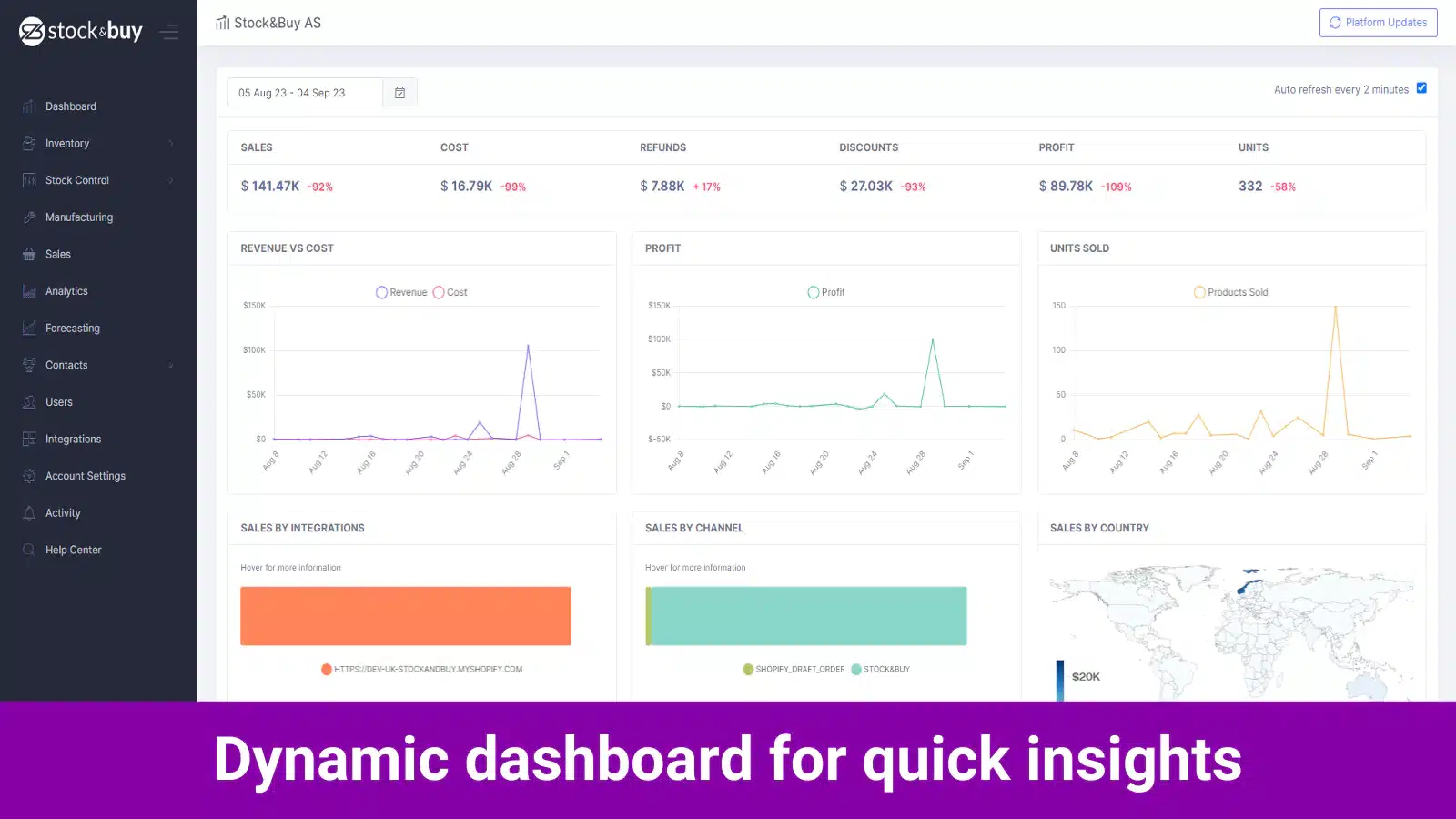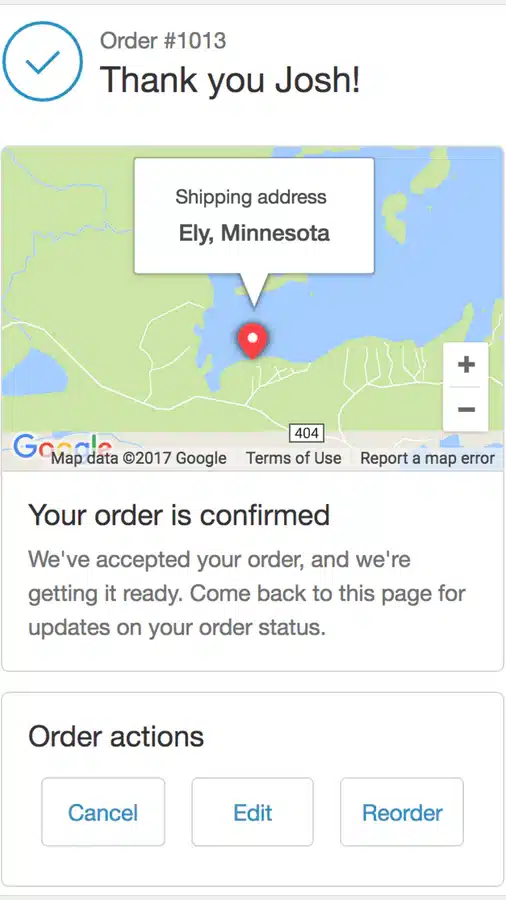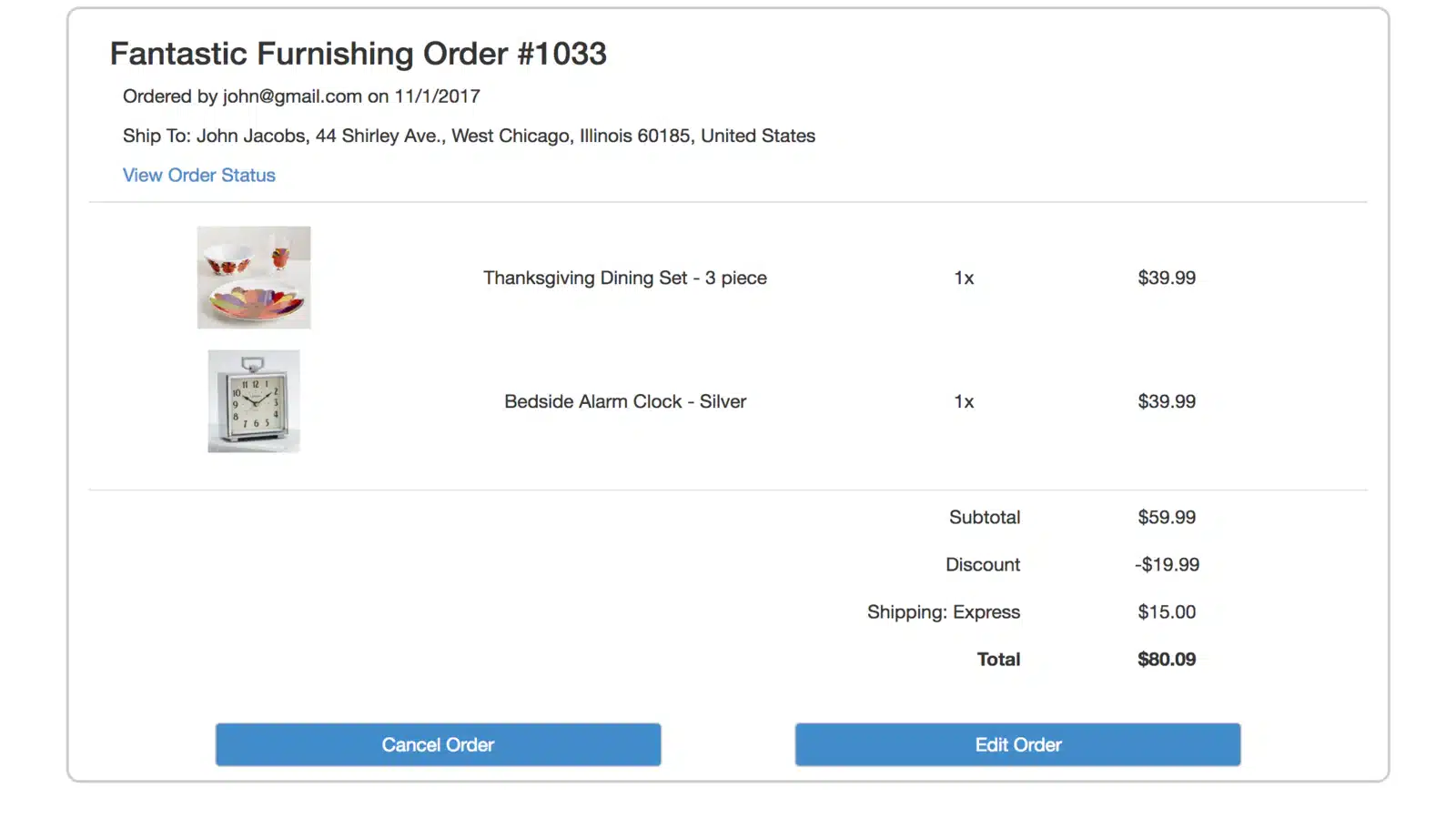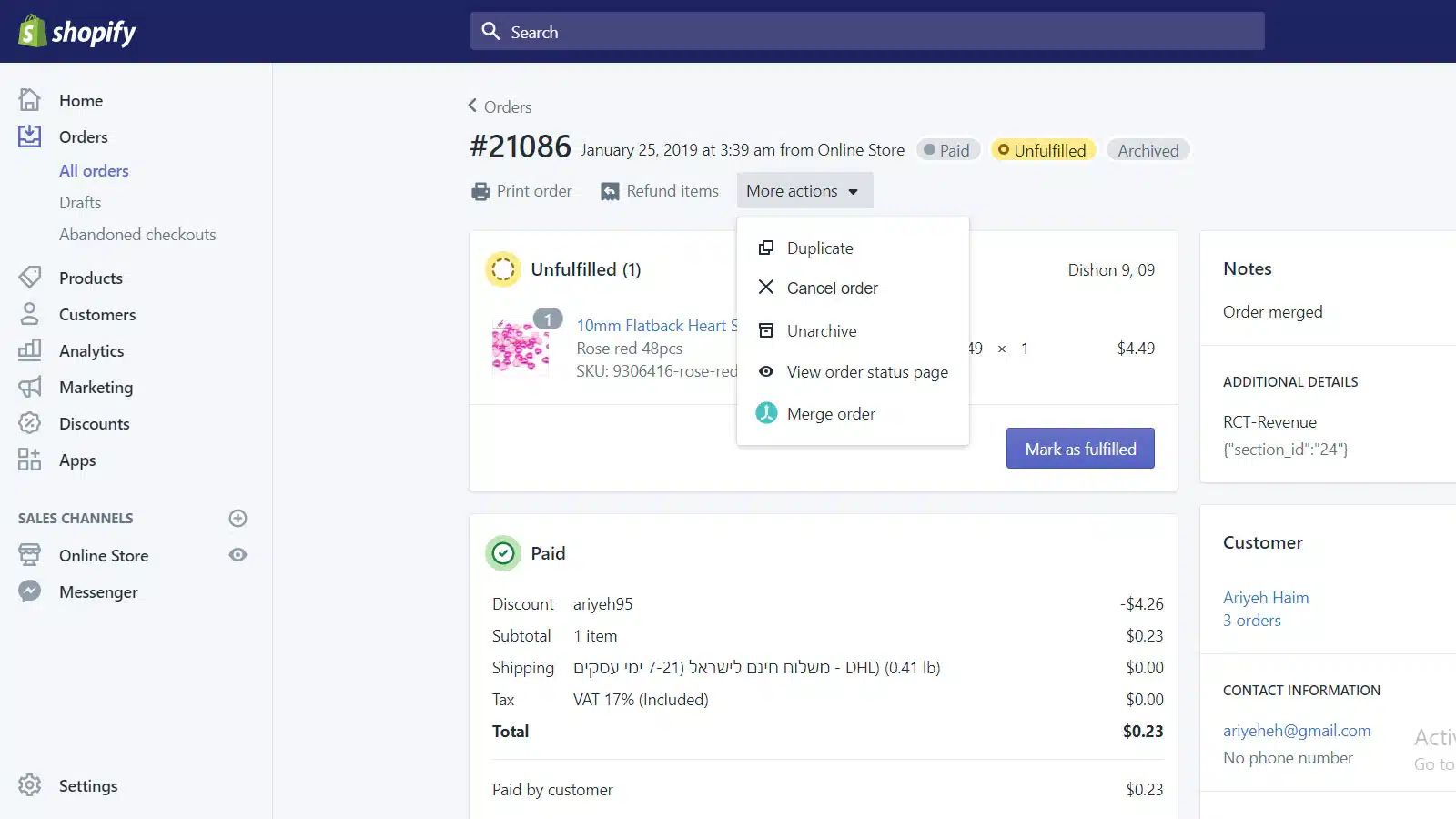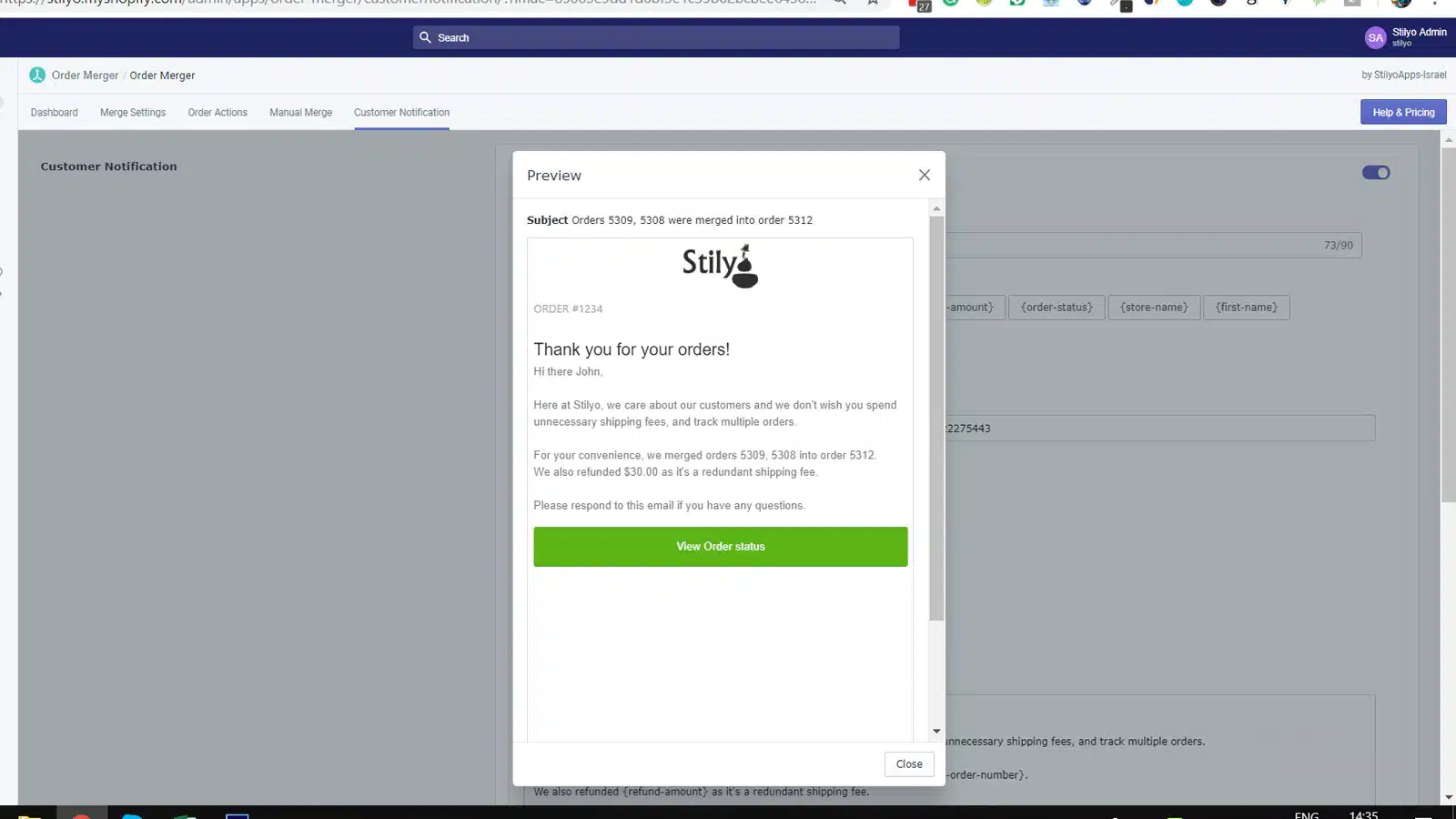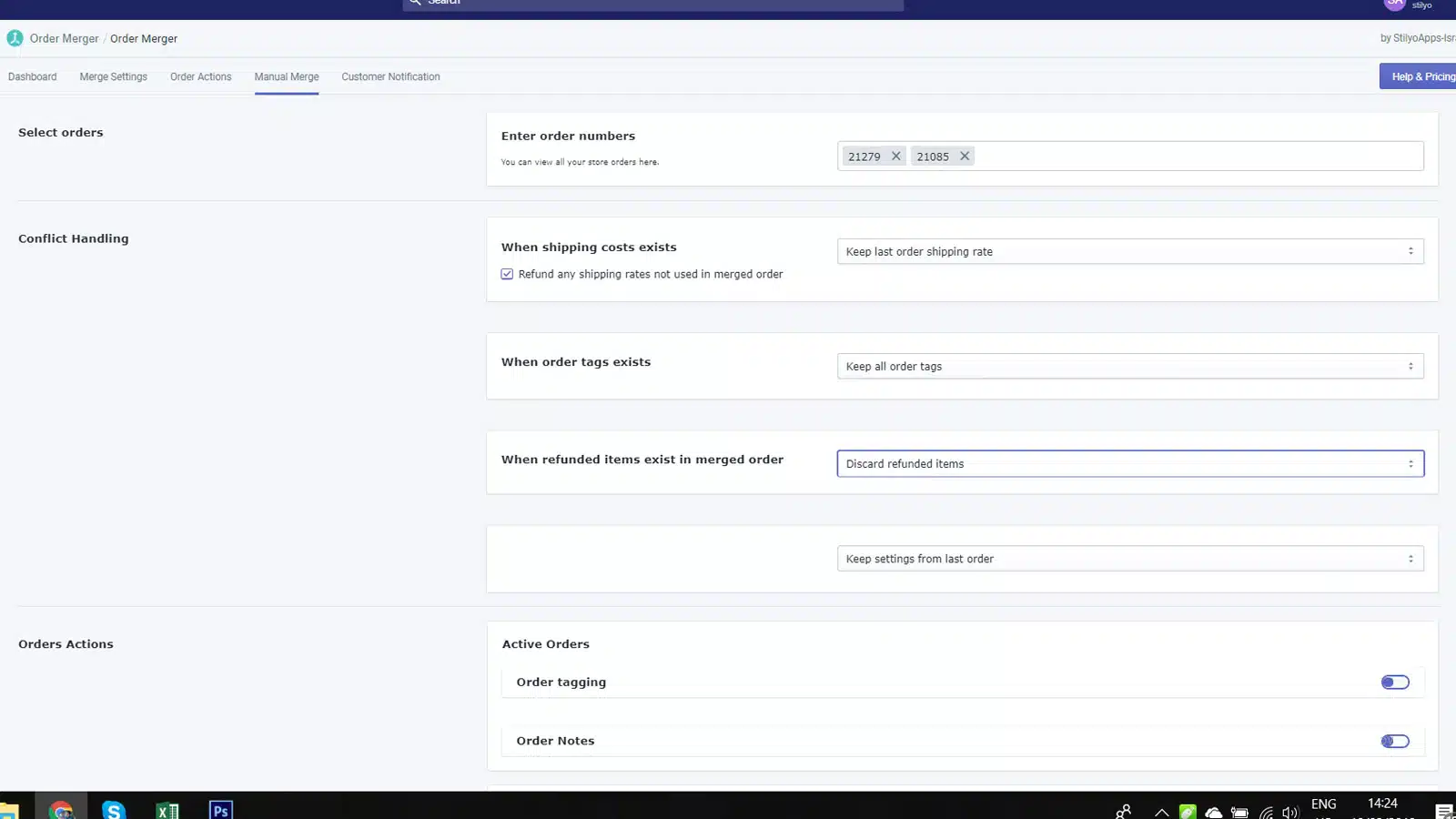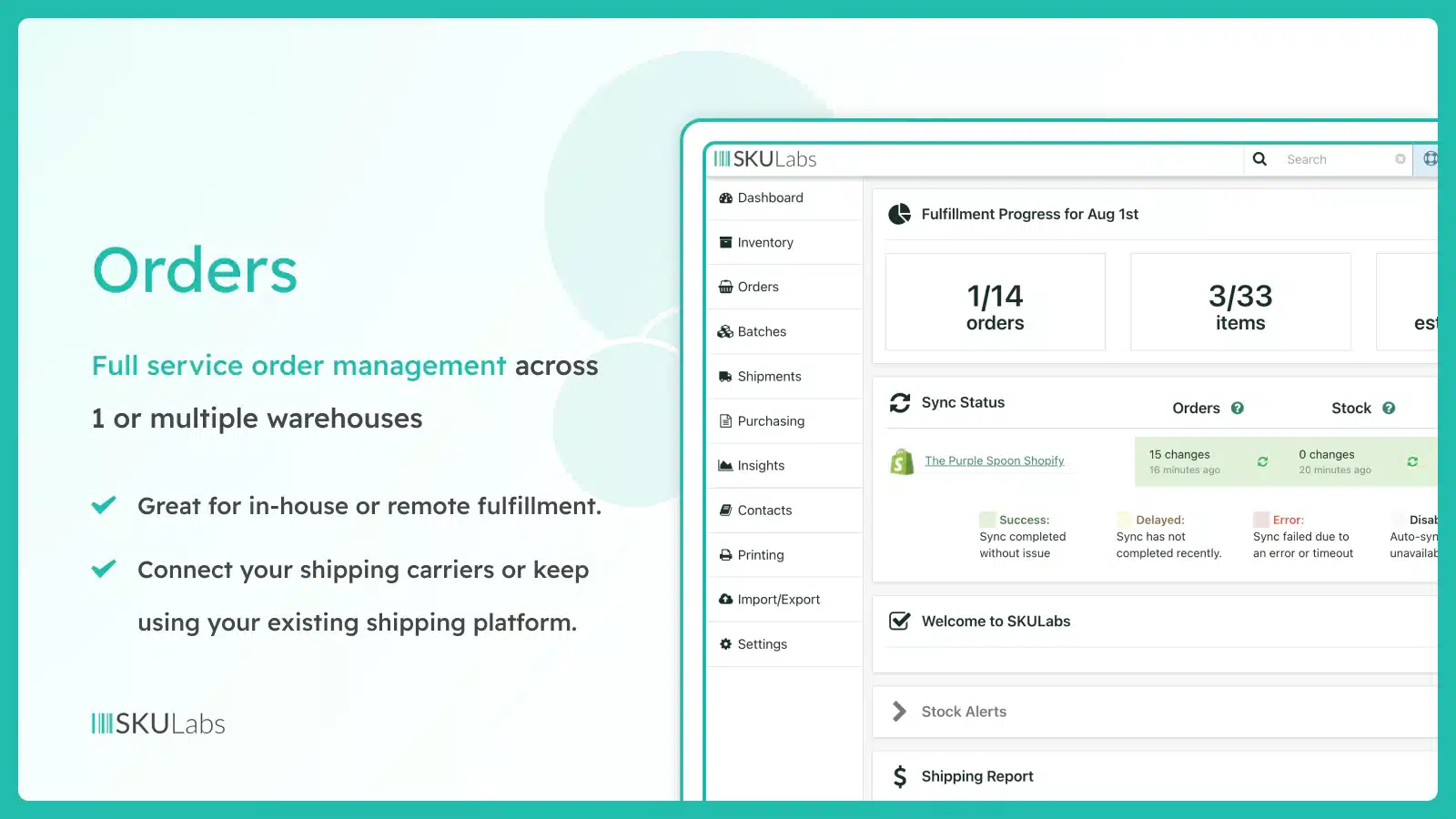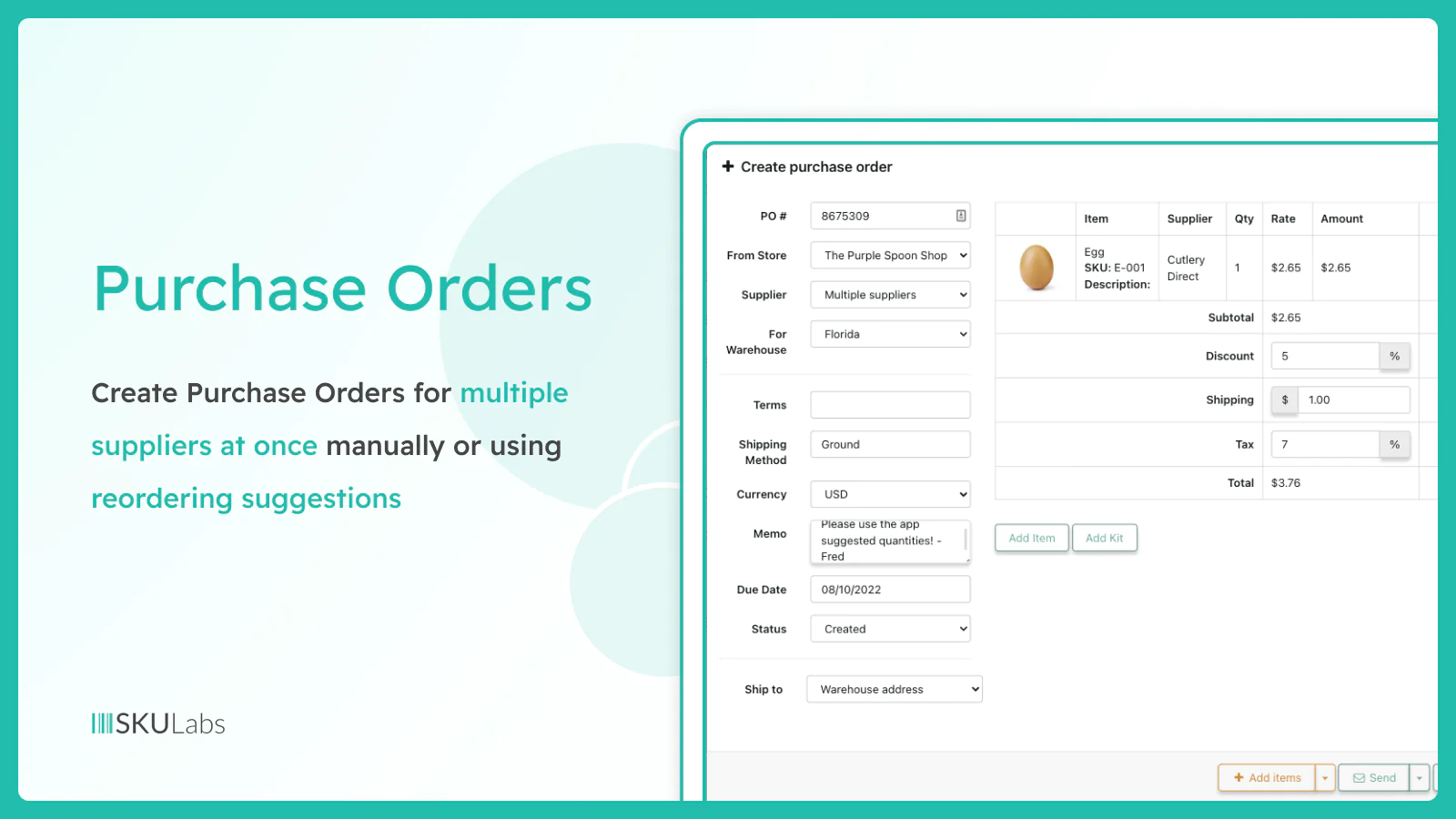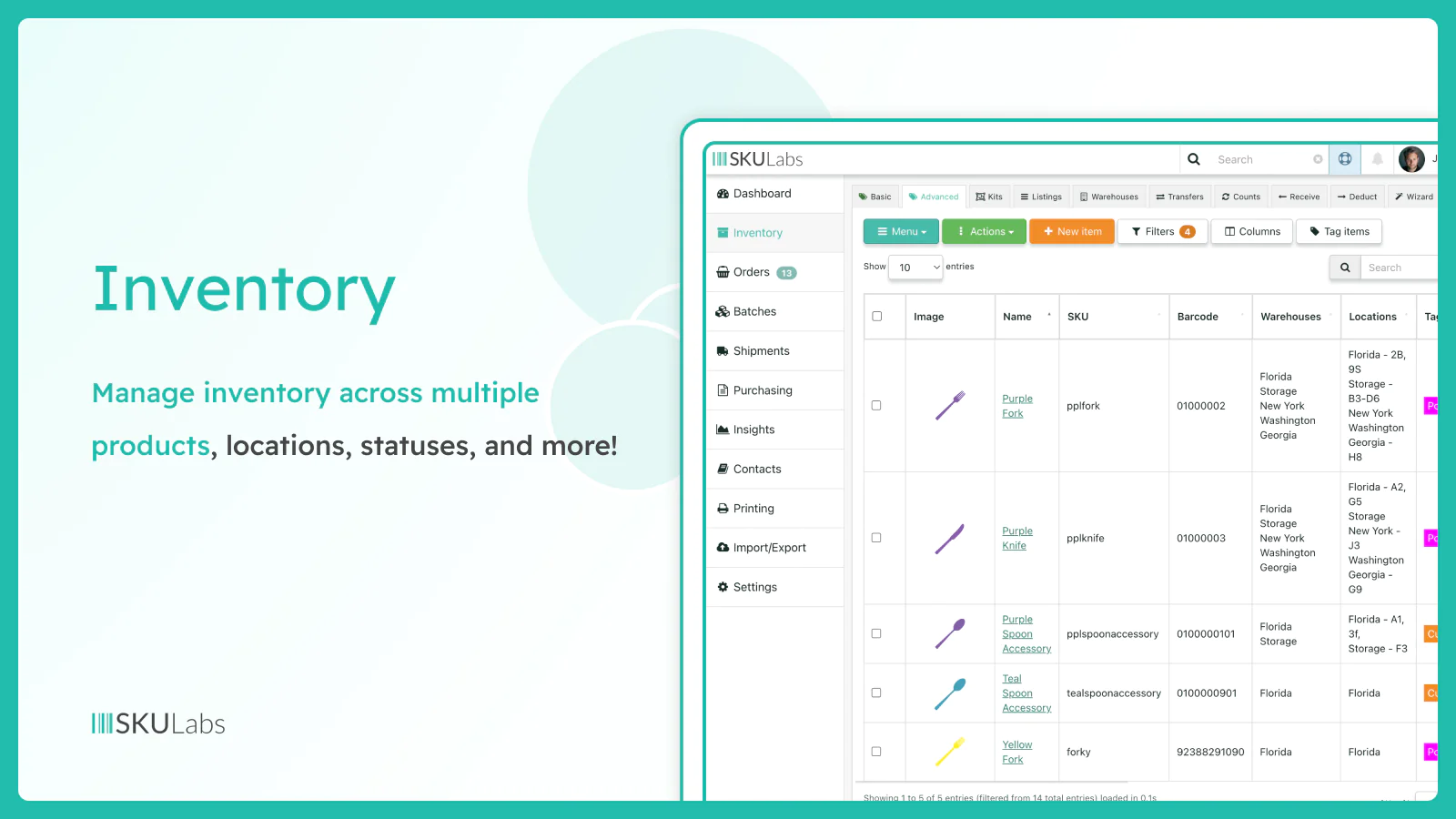Top 7 Best Shopify Order Management Apps [January, 2025]
This guide helps ecommerce store owners to compare and find the best Order Management apps for Shopify. Order Management apps are popular for ecommerce businesses that want to automate some of the processes that are necessary for running an ecommerce store. However, with the variety of Shopify apps for , it can be challenging to find the ideal app for store owners’ individual needs.
To help ecommerce store owners make the right choice, the attributes of available Shopify apps have been assessed considering: features, price, free trial availability, app store rating and free app options.
This guide compares seven companies for merchants to review and find the optimal Order Management app for their needs. To help them make an informed decision, a quick comparison table of the best Order Management Shopify apps is shared below, followed by in-depth reviews and frequently asked questions.
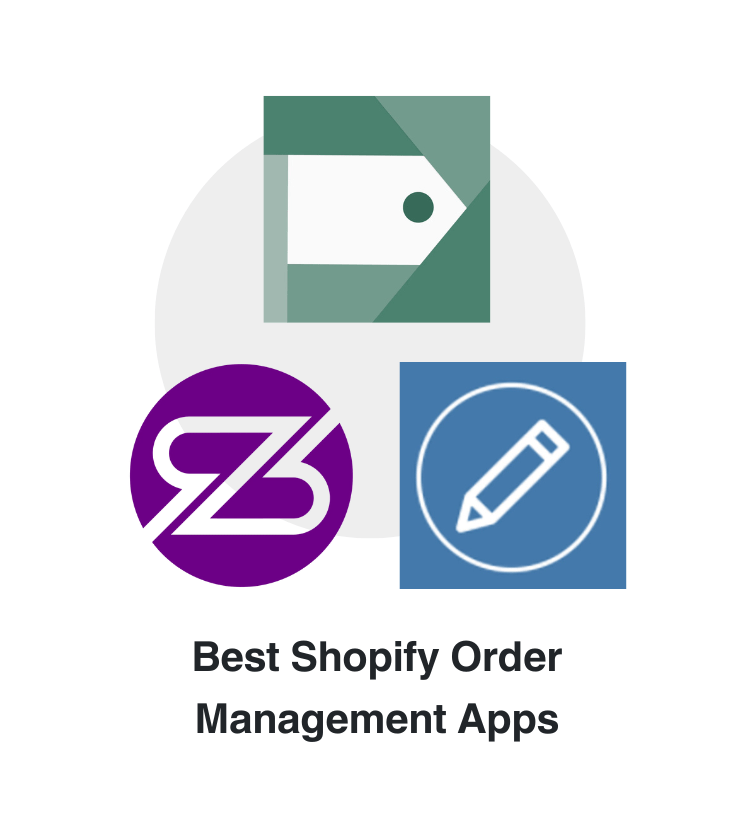

Free Guide: How To Find A Profitable Product To Sell Online
Excited about starting a business, but not sure where to start? This free, comprehensive guide will teach you how to find great, newly trending products with high sales potential.
Quick comparison of the best Shopify Order Management apps
| # | App Name | Developer Name | Pricing | Rating | Free Trial | Image | Action |
|---|---|---|---|---|---|---|---|
| 1 | SC Order Tags & Flows | Shop Circle | $5.99/month | 4.9/5 ⭐️ | yes |  |
Get app |
| 2 | Stock&Buy Inventory Management | Stock&Buy | $149/month | 4.9/5 ⭐️ | yes |  |
Get app |
| 3 | Orderify | Customer First focus | $4.99/month | 4.8/5 ⭐️ | yes |  |
Get app |
| 4 | AfterShip Order Tracking | AfterShip & Automizely | $11/month | 4.7/5 ⭐️ | yes | Get app | |
| 5 | TrioM Combine & Merge Orders | Trio M | $9.99/month | 4.2/5 ⭐️ | yes |  |
Get app |
| 6 | SKULabs | SKULabs | $299/month | 4.9/5 ⭐️ | no |  |
Get app |
| 7 | Order Management – Trackeasy | Logbase | $14.99/month | 5/5 ⭐️ | yes |  |
Get app |
Top Shopify Order Management apps reviewed
Table of contents:
How to Find The Best Order Management Shopify App?
These seven Order Management apps for Shopify are ranked based on the following criteria:
- Features
- Price
- Rating on the Shopify app store
- Free trial availability
- Free app options
- Compatibility with other top apps
- Number of apps the app provider operates
- Pros and cons
- Built for Shopify badge
- Reviews and assessment by AcquireConvert
What are Shopify Order Management apps?
Shopify order management apps provide specialized tools that help Shopify store owners efficiently manage their online businesses. These apps automate several key processes in e-commerce store management. For instance, they confirm customer orders, update inventory levels in real time, and manage order shipments. This automation significantly reduces manual work and helps prevent issues like overselling due to outdated inventory counts. In inventory management, these apps offer detailed oversight, enabling store owners to track stock levels across multiple sales channels and locations accurately. This feature is particularly useful for stores selling on multiple platforms or with various storage facilities, ensuring accurate and up-to-date inventory levels.
Regarding shipping and fulfillment, these apps integrate with various shipping carriers and services, simplifying shipping label generation, shipping cost calculation, and customer tracking information provision. For international shipping, they also manage complex tasks like creating customs documentation, easing global sales management. These apps also enhance customer communication by automating order confirmation emails or SMS updates about order status. This automation improves customer experience and reduces the workload on customer service teams.
Shopify order management apps also include robust reporting and analytics tools, these tools help store owners understand sales trends, identify fulfillment improvement areas, and gain insights into customer buying behaviors, which are crucial for strategic business decision-making. These apps integrate well with the Shopify platform and offer customization to fit specific business needs. They work in harmony with other systems and tools the store might use, such as CRM software or accounting systems.
In summary, Shopify order management apps offer comprehensive solutions for various aspects of e-commerce operations, from order processing and inventory management to shipping, customer service, and analytics, streamlining and enhancing Shopify store management.
How do i automate my orders on Shopify?
Automating orders on Shopify involves leveraging various apps and tools from the Shopify App Store to streamline different aspects of your order management process. Start by selecting an order management app that aligns with your business needs. Popular options like SKULabs and Order Management — Trackeasy provide functionalities such as real-time order tracking, automated inventory management, and shipping label printing, crucial for efficient order handling. Setting up automation rules in your chosen app is your next step. These apps typically let you create specific rules for processing orders, such as automatically tagging orders, updating their status, or routing them to different fulfillment centers based on certain criteria. This customization helps manage orders more efficiently and reduces manual intervention.
Integration with shipping carriers also plays a vital role in automation. Apps offering this integration can automate shipping label generation, shipping cost calculation, and provide customers with tracking information. This not only saves time but also enhances customer experience by keeping them informed about their orders. Another key area is inventory management. Syncing your Shopify store with inventory management apps automates stock level updates. This approach prevents overselling and automatically generates purchase orders when inventory is low, ensuring you always have the right amount of stock.
Automating customer notifications further streamlines your processes. Choose apps that send automated emails or SMS updates to customers about their order status, shipping updates, and delivery confirmations. This keeps your customers informed and engaged throughout the order fulfillment process. Connecting your Shopify store with accounting software automates financial tasks like invoicing, sales reporting, and tax calculations. This integration ensures your financial data is accurate and up-to-date, saving you time and effort in manual data entry and calculations. Some apps offer customizable workflow options, allowing you to tailor specific tasks to your unique business processes. This customization provides flexibility and ensures the automation aligns with your operational needs.
Finally, regularly reviewing and optimizing your automated systems is crucial. Monitoring these systems’ performance and making necessary adjustments ensures they continue to meet your business goals and customer needs effectively.
Does Shopify offer order management system?
Shopify provides its own order management system as a part of its e-commerce platform, offering various functionalities to help store owners manage their orders. With this system, you can view, manage, and process orders from a centralized admin dashboard, which includes fulfilling orders, updating order statuses, and sending notifications to customers. The system also integrates with your inventory, automatically updating stock levels as orders are placed and fulfilled, helping to prevent overselling and keeping your inventory accurate. Additionally, Shopify’s order management system stores customer information and order history, enabling you to provide personalized service and manage customer inquiries and returns more easily.
For shipping and fulfillment, Shopify offers tools for managing shipping, including generating shipping labels, calculating shipping rates, and integrating with various shipping carriers. The platform also provides analytics and reporting features that offer insights into sales, order trends, and customer behavior, aiding in making informed business decisions. Handling returns and issuing refunds is straightforward with Shopify’s order management system, as you can manage these directly through the Shopify admin. This streamlines the post-purchase customer experience and makes managing returns and refunds more efficient. Shopify’s order management system integrates with sales channels like online stores, social media platforms, and marketplaces, centralizing order management across various platforms.
While Shopify’s built-in order management system is robust for many users, businesses with more complex needs or specific requirements might choose to enhance Shopify’s capabilities with third-party apps from the Shopify App Store. These apps can provide additional features like advanced inventory management, order tracking, and specific workflow automation.
Conclusion: Best Shopify Order Management Apps
It requires time and effort to compare and evaluate features of the various different Order Management Shopify apps to find the ideal option.
Shopify store owners must evaluate relevant information to make the optimal choice for their needs.
This guide does the challenging work for merchants by comparing and evaluating the top choices for different Order Management Shopify apps. The results of our analysis of the best Order Management Shopify apps are listed below:


